When Prophet Mohammad migrated to Madinah, he could finally breath a new dawn. The people of Madinah gave him a warm welcome with a soft drum melody celebrating him and singing “The full moon has rose upon us.” The song was filled with love and is still sung until today 1450 years later. The migration to Madinah was a major step in the Islamic history and it was the start of the Arabic (Hijri) calendar. The house of the prophet extended as a mosque and a gathering point to the Muslims of that time. It is known as Al Haram Al Nabwi. It is visited by Muslims worldwide year round. When my mother told me about her wish to visit the prophet, I did not jump at the idea right away. I did not feel ready spiritually to go meet the prophet, but it has been few years since my mother and I went so I gave in and I am very glad I did. Being that close to the prophet's soul was very comforting. I felt a strange sense of content being in the presence of where the prophet lived, prayed, lectured and taught. The roof was kind of open so you get a breeze, some sunshine and an earful of birds singing in union. I was surrounded by many older ladies who probably had to wait a lifetime to get the special religious visiting visa. They were whispering their wishes to the prophet with eyes full of tears and longing. It was very spiritual. I wished we had more time, but we were shuffled to the other area after just few minutes next to the prophet.
Note: Cameras are not allowed inside the holy mosque of the prophet unless you have a press permission, but Camera phones are allowed. They usually check your bag before entering inside.
Picture's of Prophet Mohammad's Mosque in Medina
Things to do in Medina
The mosque undertook a number of renovations and extensions. The Ottomans did major design changes and then the Saudi government made it its responsibility afterwards. The mosque is due a new extensions in the coming years. All the current hotels facing the mosque are going to be demolished. There will be a metro station reaching the mosque instead. Around the mosque, there is a cemetery known as Albaqiee. It is been really hard to go to that area on this visit, but it is the burial ground of many holy personalities.
The legacy of the Madinah extends beyonds the prophet's main mosque. There are few other mosques that are historically important, such as, Qiba mosque, which is known for its four minarets and Al Qabilatin mosque, where the direction of the qibla (prayer direction) was the direction of Al Aqsa mosque in Palestine before the prayer direction was changed towards Macca. Sadly, those two mosques are not the original structure and they replaced the old ones. They are still nice to visit and they are built in a blessed area. There is also the seven mosques area. Previously there were seven mini mosques, but now there is a huge new mosque in the centre.
I ended my Madinah tour with a visit to Hamza Ibn Abd Al Mutalib, the uncle of prophet Mohammad and one of his biggest supporter. He was a strong force in the first Islamic battle ( Battle Bader) and his elimination of many enemies of the prophet caused him his life in the next battle. In Battle Auhd, many wanted revenge of him. Someone called Wahsi Ibn Harab was promised his freedom upon killing Hamza. The battle was going as planned by the prophet, but midway some of the fighters derailed from the plan and Wahsi Ibn Harab took that chance and went for his kill. Hamza was not only killed, but his liver was pulled out by a women called Hind who chewed on his liver. That fate made the prophet cry and he said that visiting his uncle is as important as visiting him.
Buy some Medina Dates:
Where to stay in Medina, Saudi?
When my mother and I visit Medina, we usually choose one of the hotels that are right outside of the prophet's mosque to avoid commuting and getting taxis. Those hotels are usually five minutes walk away like Dar Al Taqwa.
Packing for a visit to Medina, Saudi Arabia
Unlike going to Hajj and Ummrah in Mecca, you don't wear white when you are visiting the holy mosque of the prophet. Most women dress in a black abaya and a scarf. Depending on some nationalities and culture, you will see bright coloured abayas as well. I just wore what I wear in the rest of Saudi, which is my black abaya, black headscarf and comfortable shoes. You will have to take your shoes off before entering the holy mosque, so you might want to bring a reusable bag to put them in it.





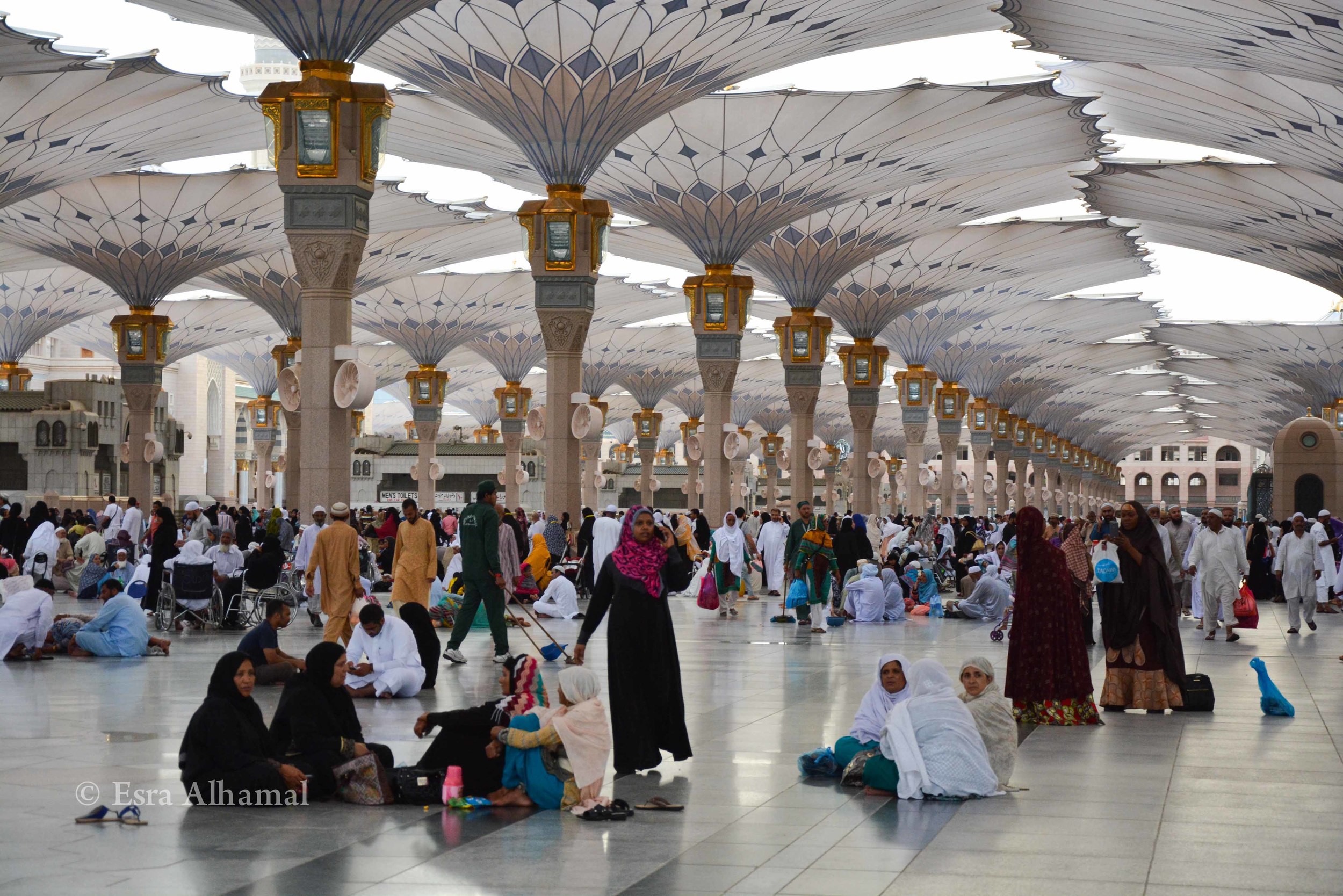
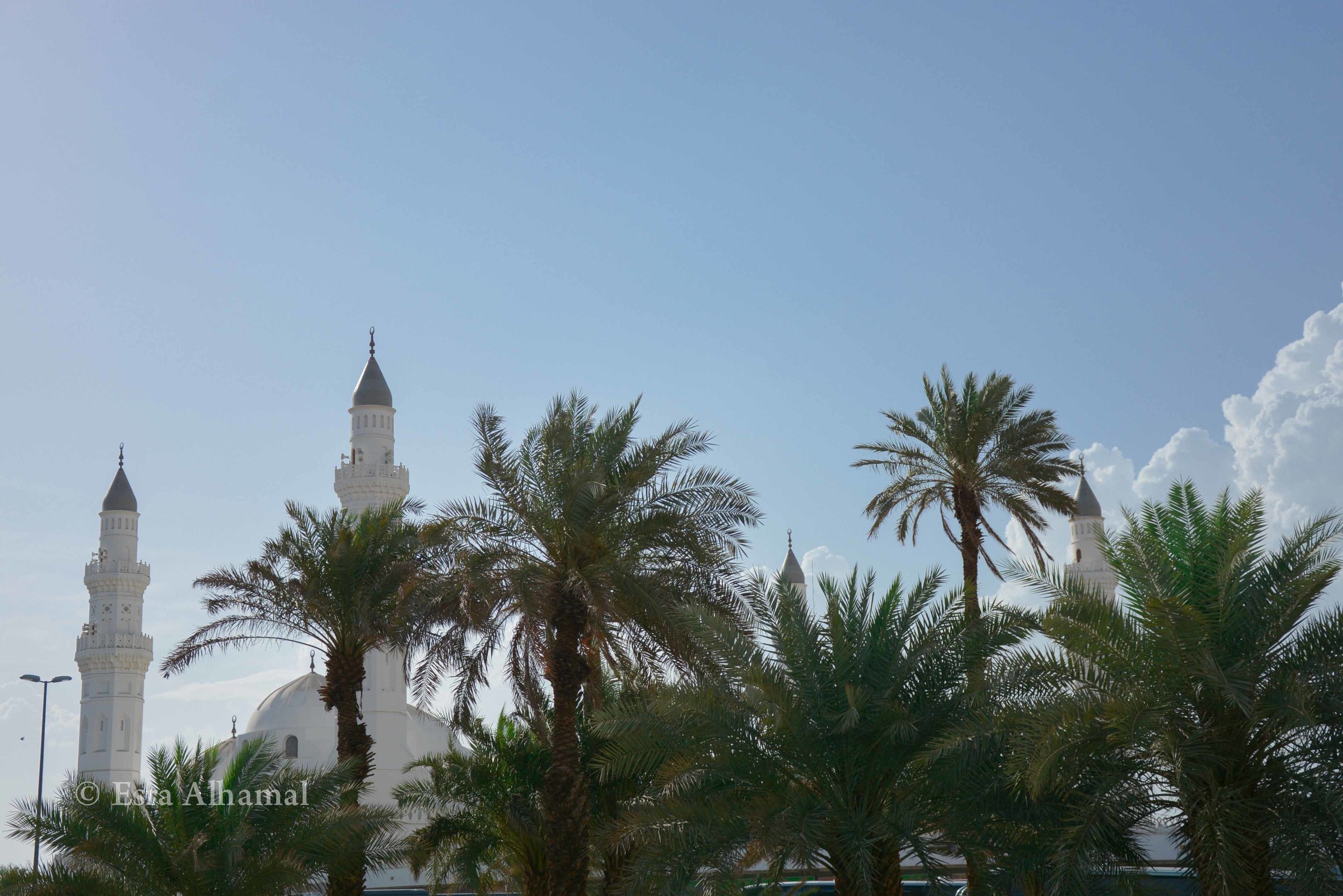
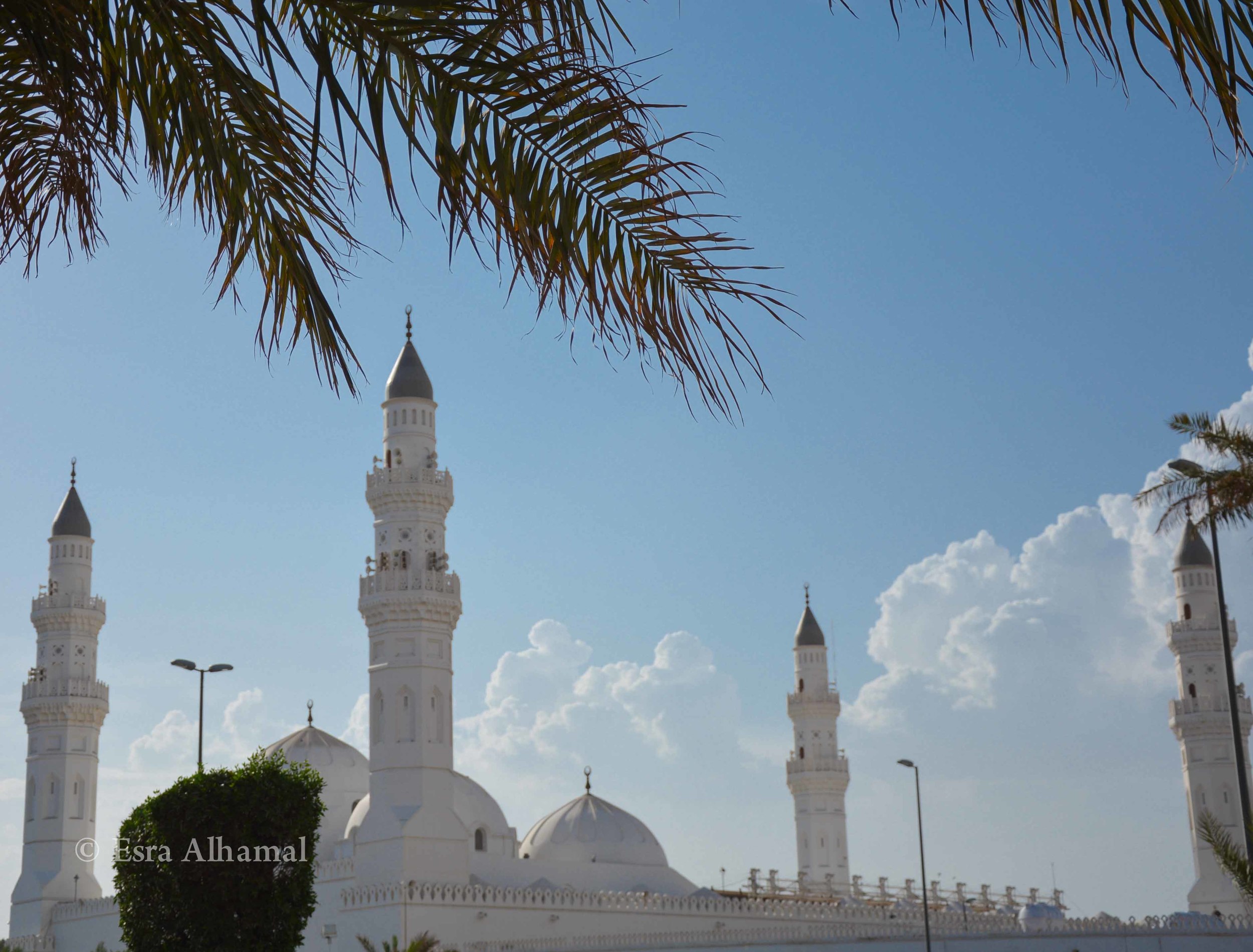
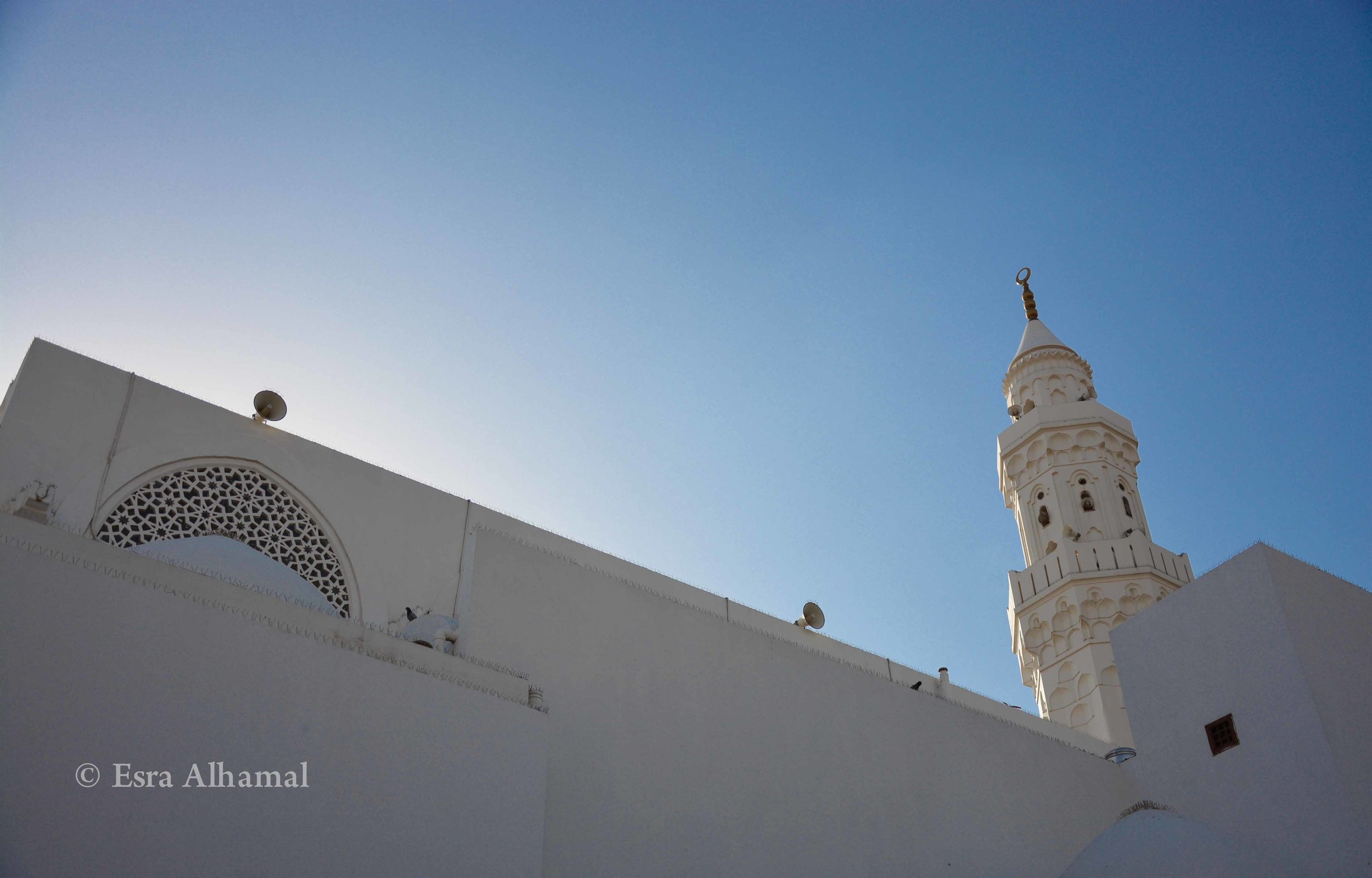
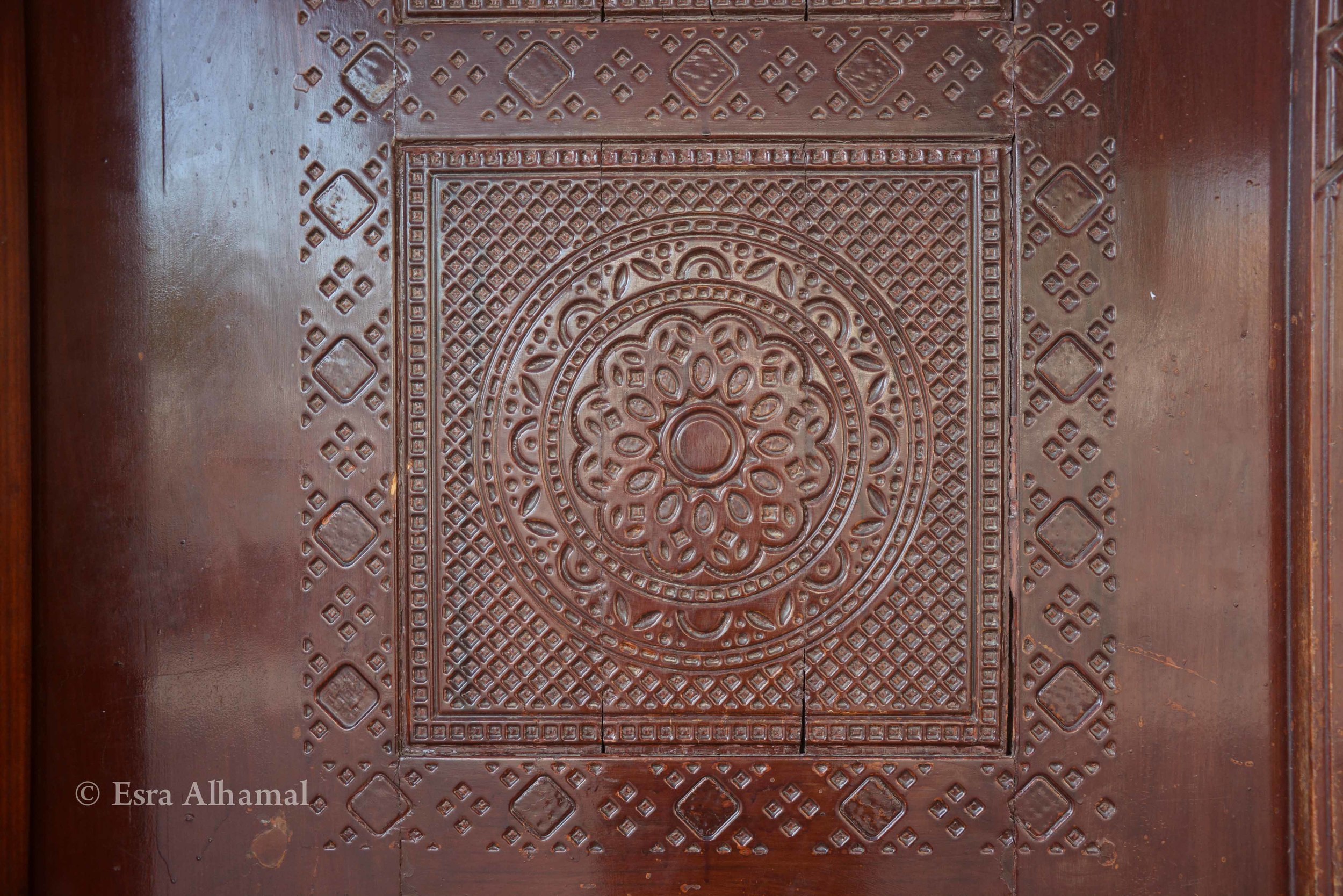





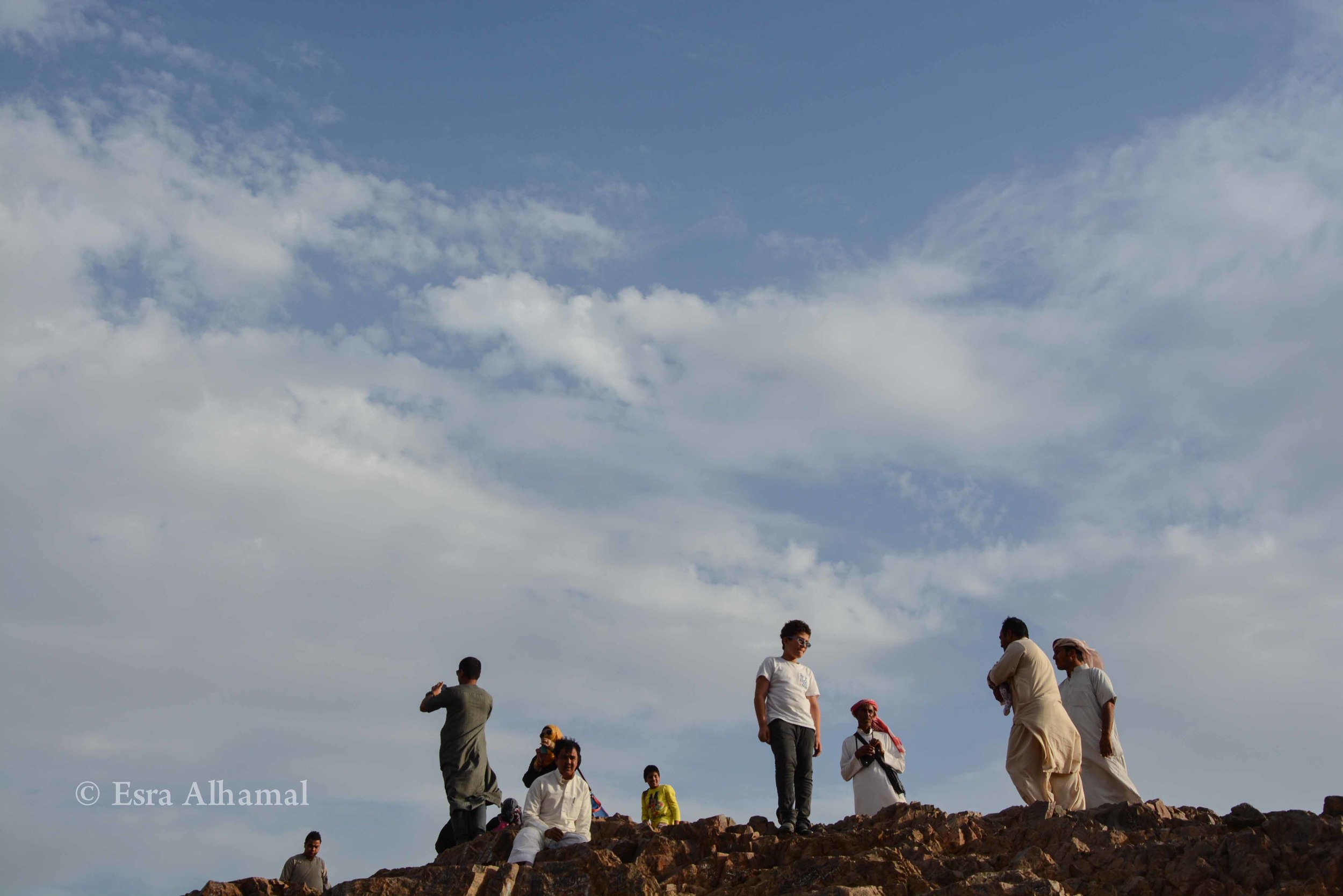
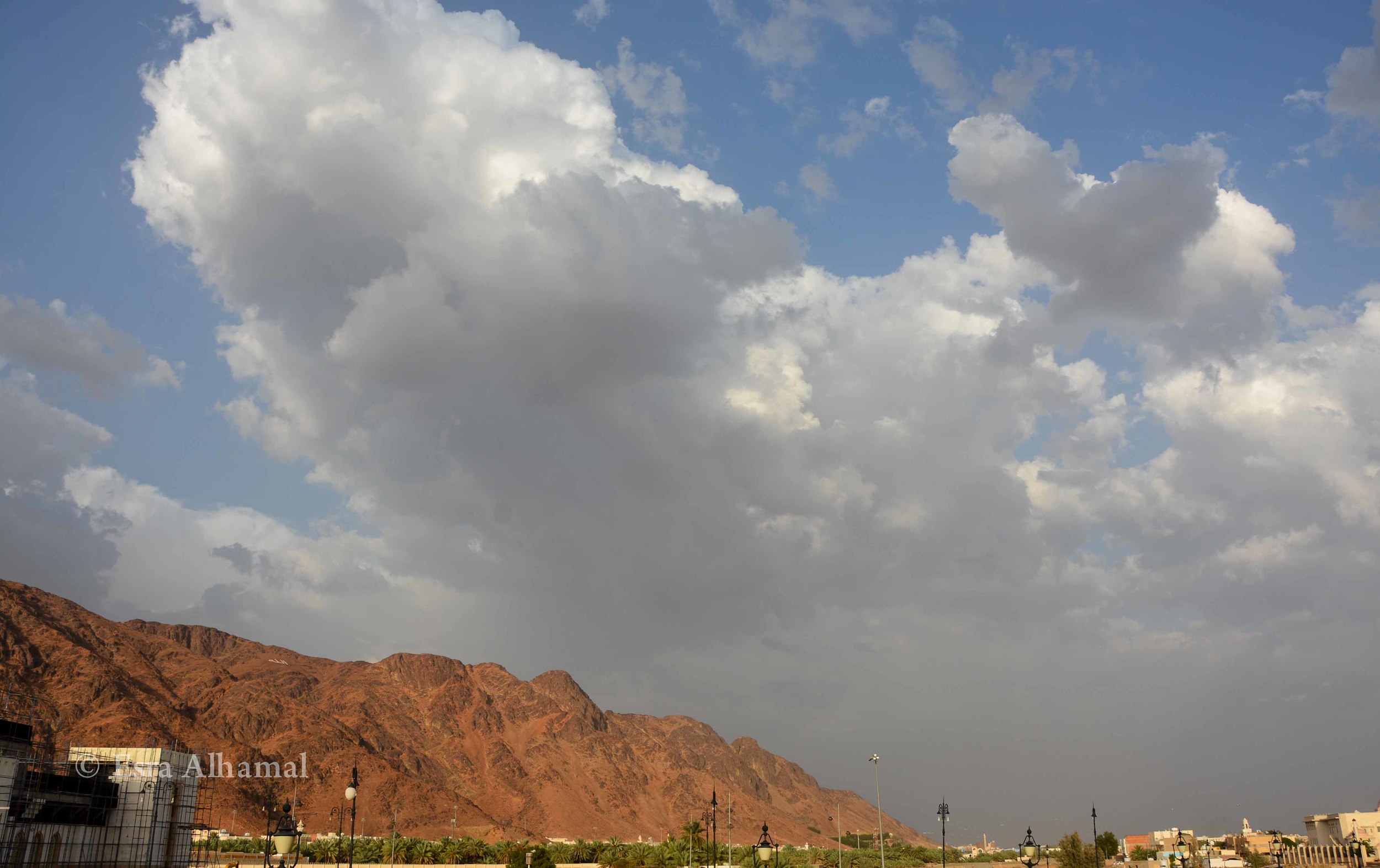


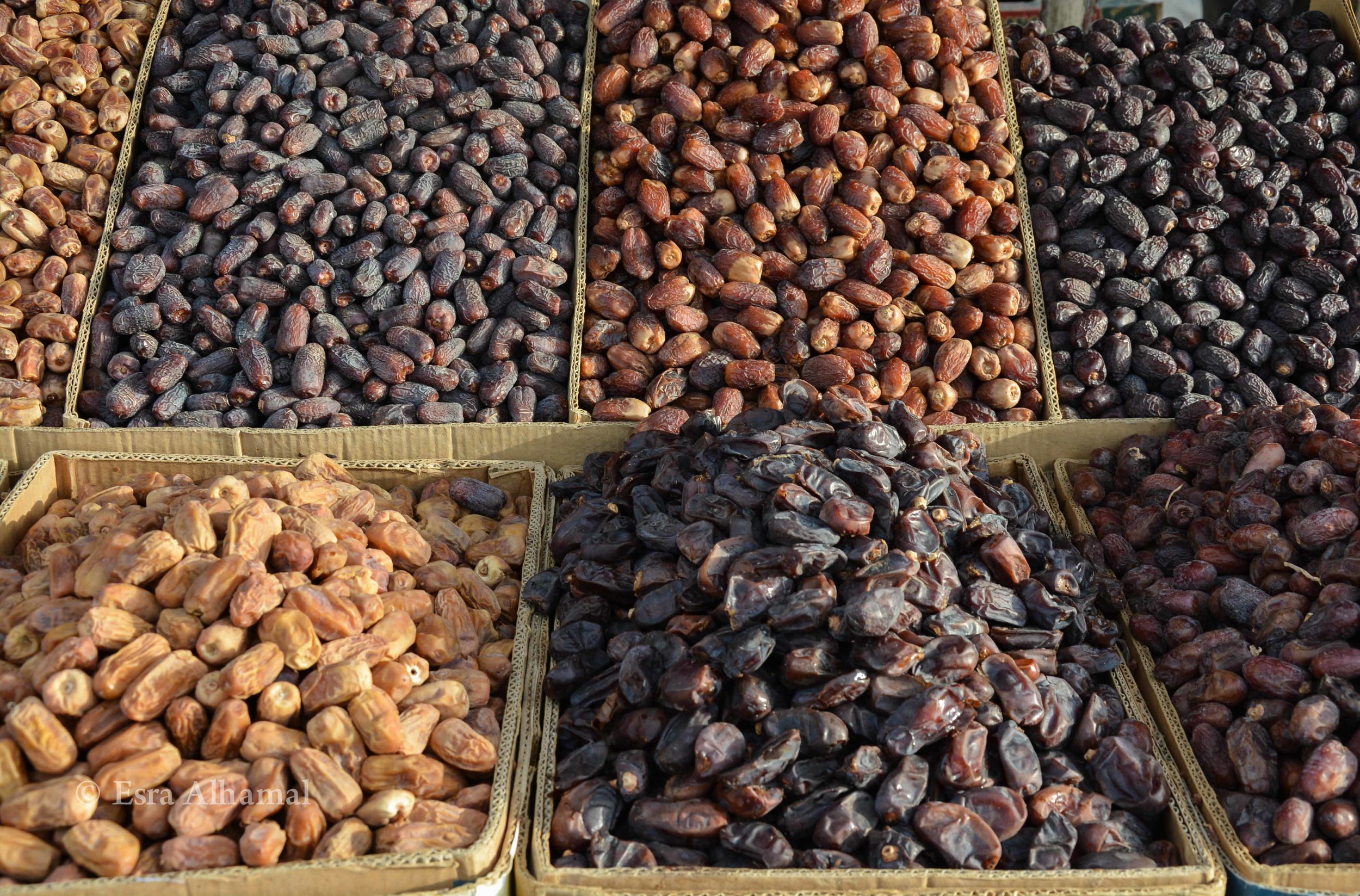



Ten things Saudis do for fun in their Saudi lives!